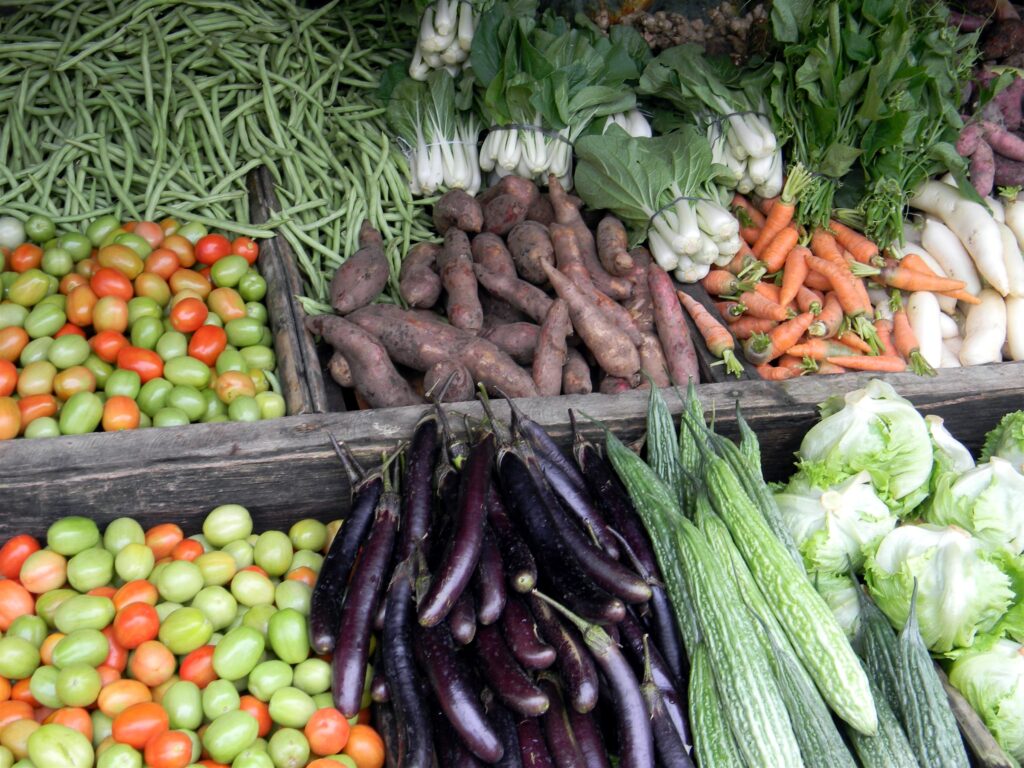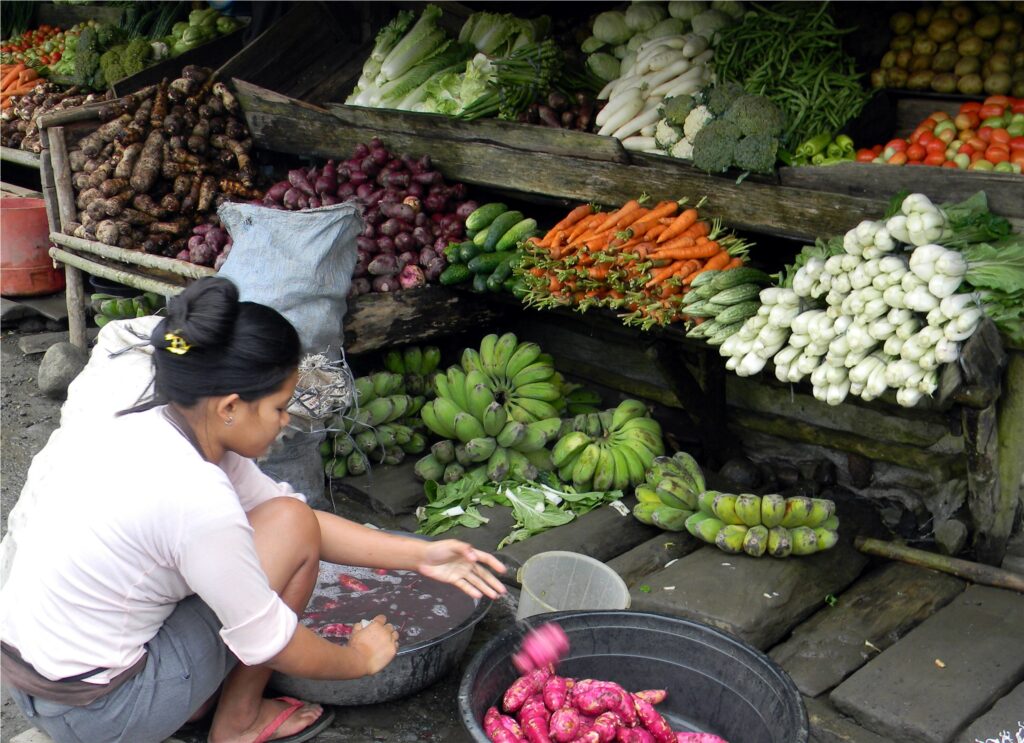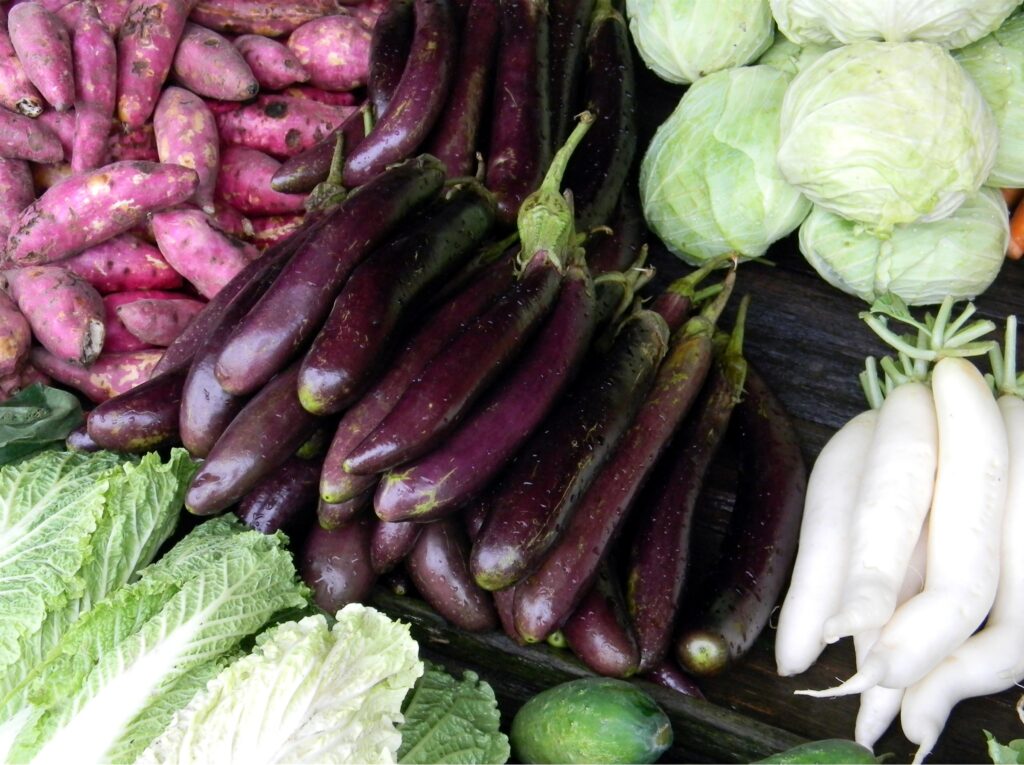Text and Photos by Henrylito D. Tacio
“Every day, 250,000 people join us on our already crowded globe,” said Dr. Roland P. Cantrell when he was still the director-general of the Laguna-based International Rice Research Institute (IRRI). “Most of these people are born into poverty and live their entire lives in poverty, with only death allowing them to escape.”
Such is a sad reality. But there’s a glimmer of hope. According to a new report released by the UN Food and Agriculture Organization (FAO), the number of hungry people has dropped by more than 100 million in the past ten years and by more than 200 million in the past two decades.
But despite this good news, more than 800 million people — or one in every nine on the planet — still suffer from hunger.
Some years back, the Philippines was listed by FAO as one of the 13 low-income food-deficit countries in Asia (“those that do not have enough food to feed their populations and for the most part lack the financial resources to pay for imports”).
The other twelve countries — most of them thickly populated — were Bangladesh, Bhutan, Cambodia, China, India, Indonesia, Laos, Maldives, Mongolia, Nepal, Pakistan, and Sri Lanka.
“In many developing countries, rapid population growth makes it difficult for agricultural production to keep pace with the rising demand for food,” wrote Don Hinrichsen in a report published by “Population Reports.” “Most developing countries already are cultivating virtually all arable land and are bringing more marginal land under cultivation.”
Jacques Diouf, at the time when he was the director-general of FAO, echoed the same concern. “Population growth continues to outstrip food availability in many countries,” he pointed out during the 1996 World Food Summit in Rome.
This alarms experts so much that the concept of food security came into existence. FAO defines it as a “state of affairs where all people at all times have access to safe and nutritious food to maintain a healthy and active life.”
People are told to experience a lack of food security when “either they cannot grow enough food themselves, or they cannot afford to purchase enough in the domestic marketplace.” As a result, “they suffer from micronutrient and protein energy deficiencies in their diets.”
More often than not, the population is being left out in the discussion, whether in climate change, disaster management, and issues and concerns. To think of, it’s the people — the inhabitants of this planet — who are directly affected by all these.
“Logically, population growth must stop at some point, or the earth would become overcrowded and its resources eventually would be depleted,” deplores Hinrichsen, who has authored some books on the relationship between population and environment.
If things do not change now, the continuous growth of the population will definitely place unprecedented stress on the world’s natural resources. “We are living as if we have an extra planet at our disposal,” laments Jim Leape, director-general of World Wildlife Fund International. “We are using 50% more resources than the Earth can sustainably produce and unless we change course, that number will grow fast: by 2030 even two planets will not be enough.”
In time, the term “carrying capacity” was born. It refers to the number of people that this planet can support on a sustained basis — that is, “support indefinitely at a constant standard of living without destroying the natural resource base.”
“There is now way to predict how large the population could become, however, before it overwhelmed the planet,” writes Hinrichsen. “Nor is there any way to predict the quality of life in the future under the almost infinite variety of scenarios for population growth, consumption patterns, food production, technological change, natural resource use, air and water pollution, land degradation, and many other factors.”
“Each year, 50 million new people are added to Asia,” said Dr. Cantrell. In this region, where nearly all the world’s rice is grown and eaten, food means rice. “To feed them, the world must increase its rice output between now and 2020 by one-third more than what is grown and eaten today. Unlike other industries, agriculture cannot simply build more ‘rice factories’ and step up production.
“Never before has agriculture faced such a stern challenge,” Dr. Cantrell added. “Feeding Asia and providing opportunities for people to free themselves from the shackles of poverty are not impossible. This task requires political will, commitment, and sheer determination among many diverse partners. Agriculture — rice — must be the cornerstone of dealing with the inseparable issues of poverty, hunger, population growth, and environmental degradation.”
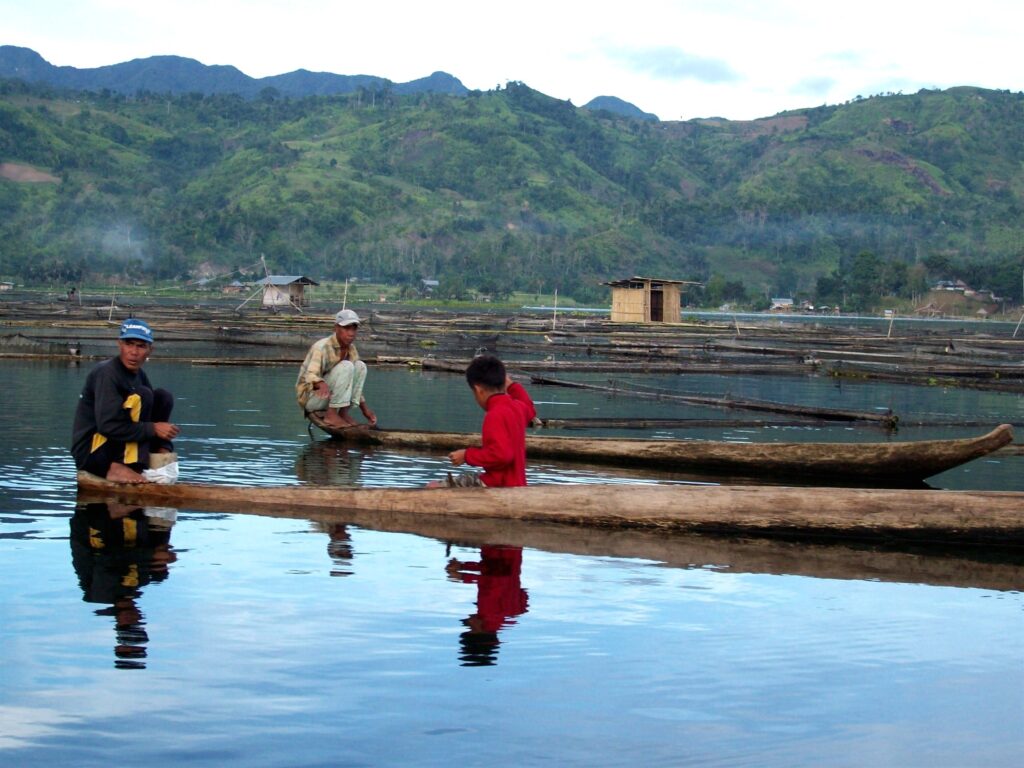
Aquaculture 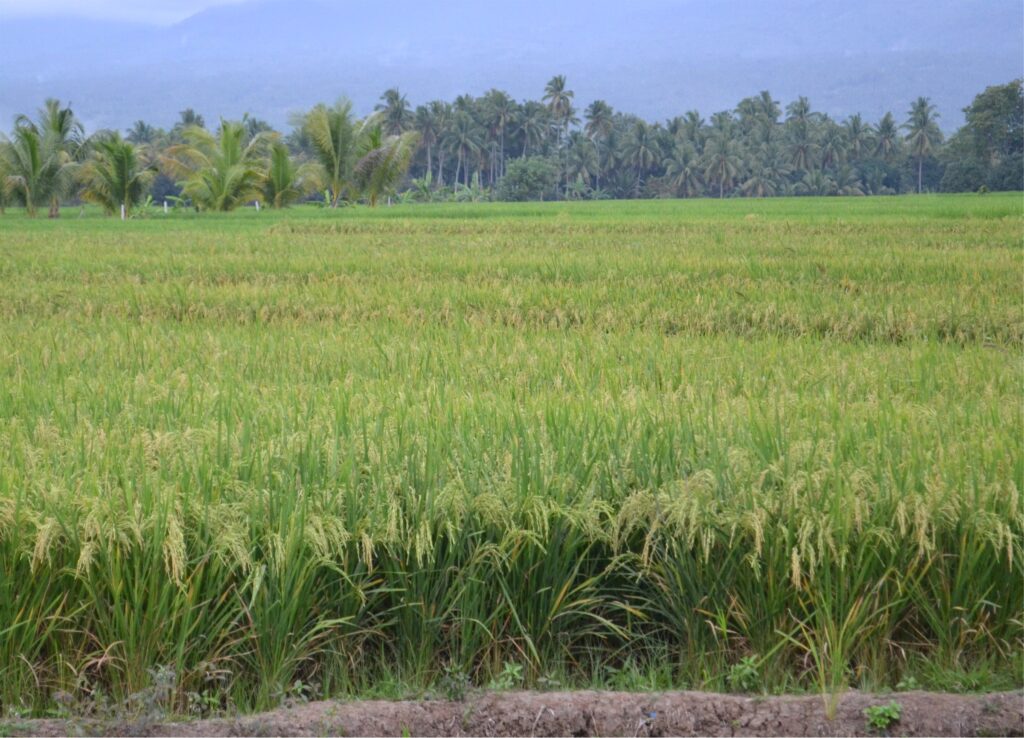
Rice is the staple food of Filipinos
Hunger must be stopped now! “In the last century, some highly motivated people, driven by moral outrage, decided that slavery was monstrous, unconscionable, and must be abolished. They were called abolitionists,” said Ismail Serageldin, former chairman of the Consultative Group on International Agricultural Research. “Today, widespread hunger in a world of plenty calls equally for moral outrage. The silent holocaust that causes some 40,000 hunger-related deaths every day is unconscionable and must be abolished. We must become the new abolitionists.”
To help bring food security to the growing population around the world, experts suggest that another Green Revolution is needed. The Green Revolution that started in the 1960s has helped keep the food supply ahead of rising demand over the past 30 years. By doubling and tripling yields, it brought time for developing countries to start dealing with rapid population growth.
However, Green Revolution was only a “temporary success,” to quote the words of Dr. Norman Borlaug, the Norweigan-American plant geneticist who was one of its architects. Upon receiving the 1970 Nobel Peace Prize for his contribution, he pointed out that it is not enough to boost yields on existing cropland; slowing population growth is also crucial.
As early as 1995, environmental guru Lester Brown warned: “Humanity’s greatest challenge may soon be just making it to the next harvest.” But even if the world can produce enough, getting food to those who need it is a considerable challenge as well. As Nobel laureate Amartya Sen puts it: “An efficient food distribution system is as important as food self-sufficiency.”


